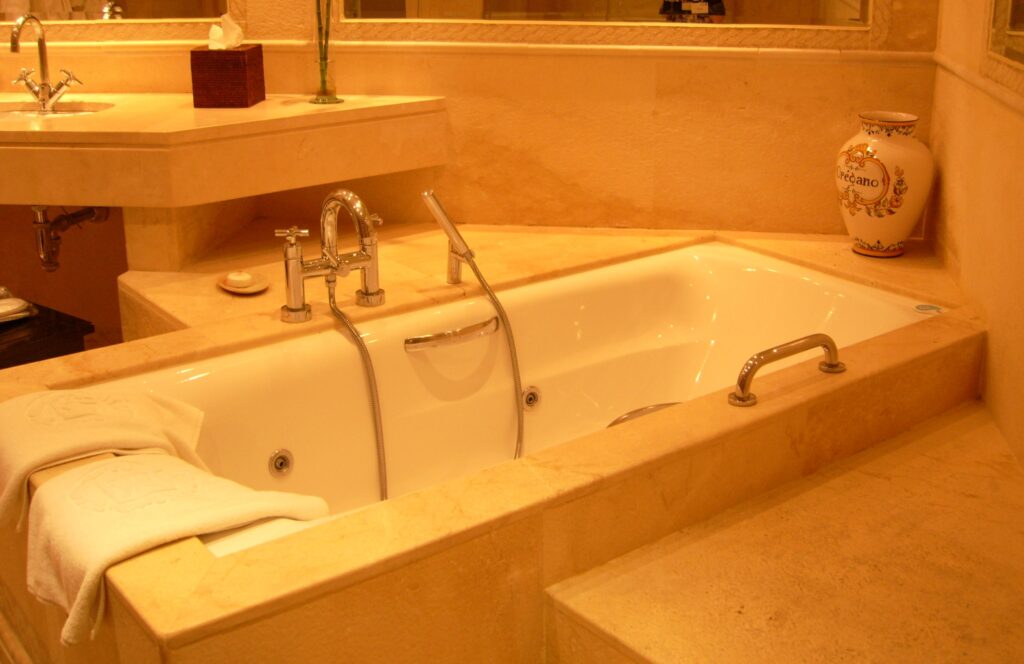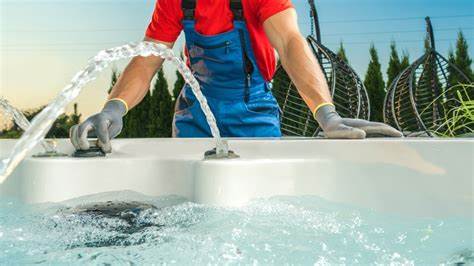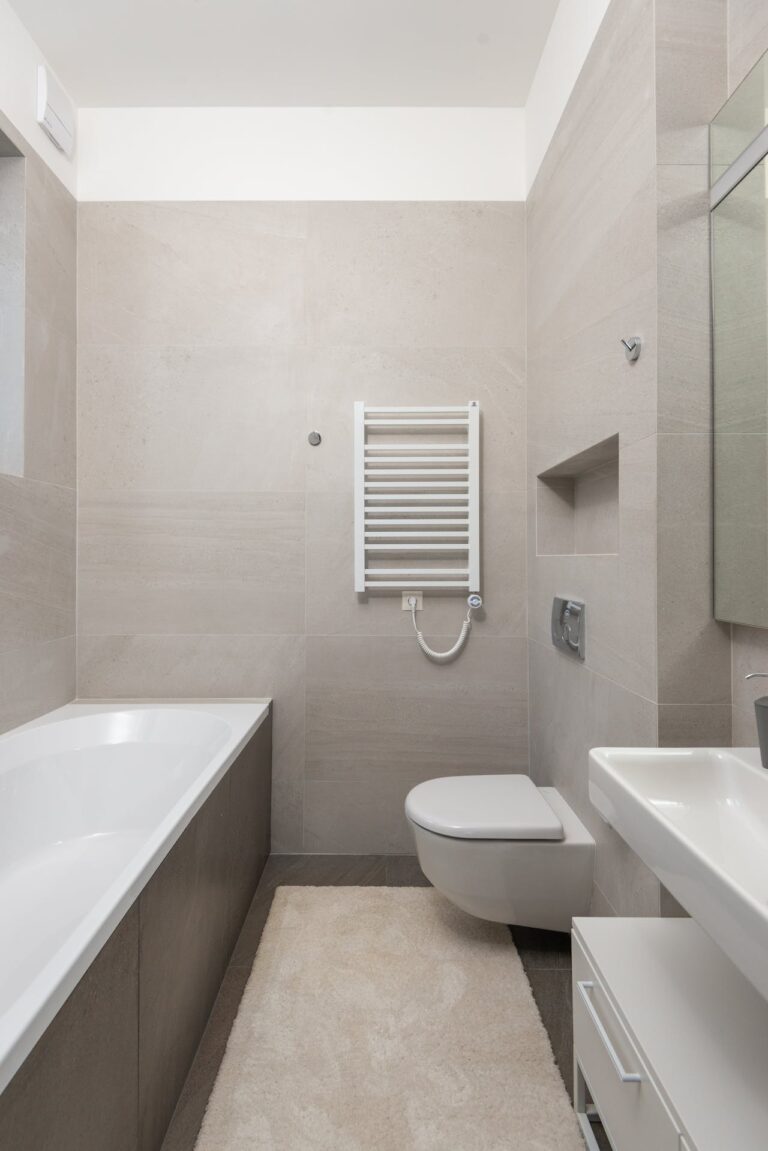
Hot tubs have become a sanctuary for relaxation and wellness, offering the soothing embrace of warm water to ease the mind and body. Navigating the waters of hot tub temperature settings becomes essential for ensuring a safe and enjoyable experience. Whether you’re a seasoned hot tub owner or considering your first dip, understanding the balance between comfort and safety is crucial.
This article aims to guide you through the ideal hot tub temperatures, touching on aspects such as the perfect temperature for relaxation, safety considerations, health benefits, and personal preferences.
Understanding Hot Tub Temperatures
Navigating the optimal temperature for your hot tub is crucial for maximizing relaxation while ensuring safety. This section delves into the standard temperature range for hot tubs and discusses the ideal settings for a soothing experience, taking into account the human body’s response to heat and personal preferences.
The Basics of Hot Tub Temperature
Hot tubs are designed to operate within a specific range of temperatures to provide comfort and safety. Here are the key points:
1. Standard Temperature Range
Most hot tubs are set to operate between 100 degrees Fahrenheit (37.8°C) and 104 degrees Fahrenheit (40°C). This range is considered safe and comfortable for fully healthy adults.
2. Consumer Product Safety Commission (CPSC) Guidelines
The CPSC recommends a maximum temperature of 104 degrees Fahrenheit to prevent heat-related health risks such as heat stroke.
3. Personal Adjustment
Hot tub owners are encouraged to adjust the temperature based on personal preference, taking into account external factors such as cold air or winter months, which might require a warmer setting to maintain comfort.
Ideal Hot Tub Temperature for Relaxation
Identifying the ideal hot tub temperature for relaxation requires balancing several considerations:
Average Body Temperature
For most healthy adults, the optimal hot tub water temperature hovers slightly above the average body temperature, ideally between 100 to 102 degrees Fahrenheit (37.8°C to 38.9°C). This range ensures comfort without the risk of overheating, allowing for a soothing soaking experience.
Experimentation for Comfort
Hot tub owners are advised to experiment with the temperature of the water, adjusting for personal preference, health, and environmental factors. A slightly lower temperature may be preferred during warmer weather or for longer soaks to maintain low temperatures and prevent heat-related issues.
Always stay hydrated and adjust the water heated to your ideal temperature, keeping in mind that the temperature a hot tub offers varies by individual and situation.
Embracing experimentation and mindful adjustment ensures every soak maximizes the benefits of hot water immersion, enhancing relaxation and well-being.
Safety Considerations for Hot Tub Use

Ensuring safety during hot tub use is paramount, especially when it comes to managing water temperatures. This segment addresses the potential health risks of overheating and offers guidance on temperature settings that cater to vulnerable groups, aiming to prevent any adverse effects while enjoying the therapeutic warmth of hot tubs.
Risks of Overheating in Hot Tubs
Overheating in hot tubs poses significant health risks that should not be underestimated. When the water temperature exceeds the recommended safe range of 100 to 104 degrees Fahrenheit (37.8°C to 40°C), the risks increase for a variety of heat-related conditions:
- Heat Stroke and Heat Exhaustion: Prolonged exposure to high temperatures can impair the body’s ability to regulate its internal temperature, leading to symptoms such as dizziness, nausea, headache, and even fainting. Heat stroke is a severe medical emergency that can result in high body temperatures, confusion, and unconsciousness.
- Dehydration: Soaking in a hot tub can cause the body to sweat and lose fluids, leading to dehydration. This can be exacerbated in higher temperatures, making it crucial to stay hydrated before, during, and after hot tub use.
- Heart Stress: For individuals with cardiovascular issues, the high temperatures can increase heart rate and place additional stress on the heart, potentially leading to more serious conditions.
- Lower Blood Pressure: Immersion in hot water can lead to a drop in blood pressure, which might cause light-headedness or fainting, particularly when standing up suddenly after soaking.
- Skin Irritations and Burns: Excessive heat can also lead to skin irritations or burns, especially if an individual has sensitive skin or has been in the hot tub for an extended period.
For a healthy adult, we recommend experimenting with temperatures within recommended limits, and monitoring soaking time can enhance safety. To mitigate these risks, it’s essential to monitor the water temperature closely, limit soak time to 15-20 minutes, and listen to your body’s signals.
Vulnerable individuals, such as pregnant women, children, and those with pre-existing health conditions, should take extra precautions and consult a healthcare provider before using a hot tub.
Special Considerations for Vulnerable Individuals
Hot tub use requires careful temperature management, especially for vulnerable groups to ensure safety and comfort:
Pregnant Women:
Pregnant women should limit soaking in hot tubs, keeping water temperatures low to prevent rising body temperature, which could harm the fetus. It’s crucial to consult a healthcare provider before using a hot spring spa or hot tub.
Individuals with Underlying Health issues and Conditions:
People with health conditions like heart issues or high blood pressure need to maintain lower temperatures in hot tubs to avoid stress on the body. Consulting with healthcare providers ensures a safe temperature that won’t raise human body temperature excessively.
Children:
Children’s exposure to hot tubs should be at temperatures close to their natural body temperature, around 98 degrees Fahrenheit, to avoid overheating. Limiting their time and ensuring the water temperature quickly adjusts to a safe level is essential for their safety.
For all, especially those with underlying health conditions or family members in vulnerable categories, monitoring and adjusting the hot tub’s water temperature is key.
Staying hydrated and experimenting within safe temperature ranges can provide relief and enhance the hot tub experience, ensuring it’s enjoyable for the entire family. Many spa owners recommend a cautious approach to using a hot tub, especially at higher temperatures, to maintain overall comfort and health.
Personalizing Your Hot Tub Experience

Personalizing your hot tub experience is key to enjoying the blend of comfort, relaxation, and health benefits hot water immersion offers. By adjusting the hot tub water temperature to your ideal setting, considering both health needs and personal preferences, you can enhance your soaking sessions significantly.
Finding Your Perfect Temperature:
Aim for a safe hot tub temperature between 100°F and 104°F, tweaking a few degrees to suit your comfort and health requirements. For those with specific concerns or undergoing muscle recovery, a slightly lower or higher spa temperature, as advised by a medical professional, could offer more comfort or relief.
Adjust the set temperature based on your activities—whether it’s soaking for relaxation, aiding muscle and joint relief, or improving sleep, the ideal water temperature might vary.
Impact of External Temperatures
Counteract cold air in winter by raising the hot tub temperature for warmth, or cool down in summer with a lower temperature for refreshing soaks. External temperatures from hot summer days to cool winter months necessitate adjustments to your hot tub’s temperature for year-round enjoyment and comfort.
Hot Tubs for Health and Wellness
Heated water promotes blood flow and provides muscle and joint relief, making hot tubs perfect for post-activity recovery and stress reduction. Regularly soaking at an ideal water temperature can improve circulatory health and lower stress levels, enhancing overall wellness.
In tailoring your hot tub experience, prioritizing safety, staying hydrated, and considering both internal and external factors are crucial. Remember, the goal is to find a comfortable temperature that provides the full advantage of your hot tub, making every session a personalized retreat for health and wellness.
Balancing Comfort and Safety For a Perfect Hot Tub Experience
It’s clear that while hot tubs offer a sanctuary for relaxation, health, and wellness, the importance of maintaining safe temperature practices cannot be overstated. Whether it’s finding your perfect temperature, understanding the impact of external conditions, or adjusting settings for health and wellness, the overarching message is clear: safety and personal preference should guide your hot tub experience.
We encourage all hot tub owners and users to consult with medical professionals for personalized advice, especially if they have underlying health concerns. By staying informed, hydrated, and vigilant about temperature settings, you can ensure that your hot tub provides maximum benefit for you and your entire family, making every soak a safe and enjoyable experience.
Remember, the key to a fulfilling hot tub experience lies in experimenting within safe limits to discover what works best for you, ensuring quality time spent in hot springs or modern hot tubs is both beneficial and blissful.
